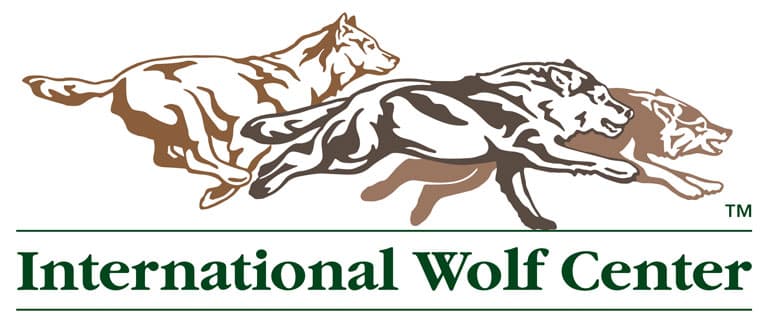From CBSNews.com:
In a letter to Colorado Gov. Jared Polis, Grand County commissioners demanded answers after a gray wolf that recently wandered into New Mexico was returned.
They accused the Colorado Department of Parks and Wildlife of violating the Wolf Restoration and Management Plan by returning the wolf to the area, citing a history of depredation. The letter accused the department of ignoring the problem this causes for local ranchers.

